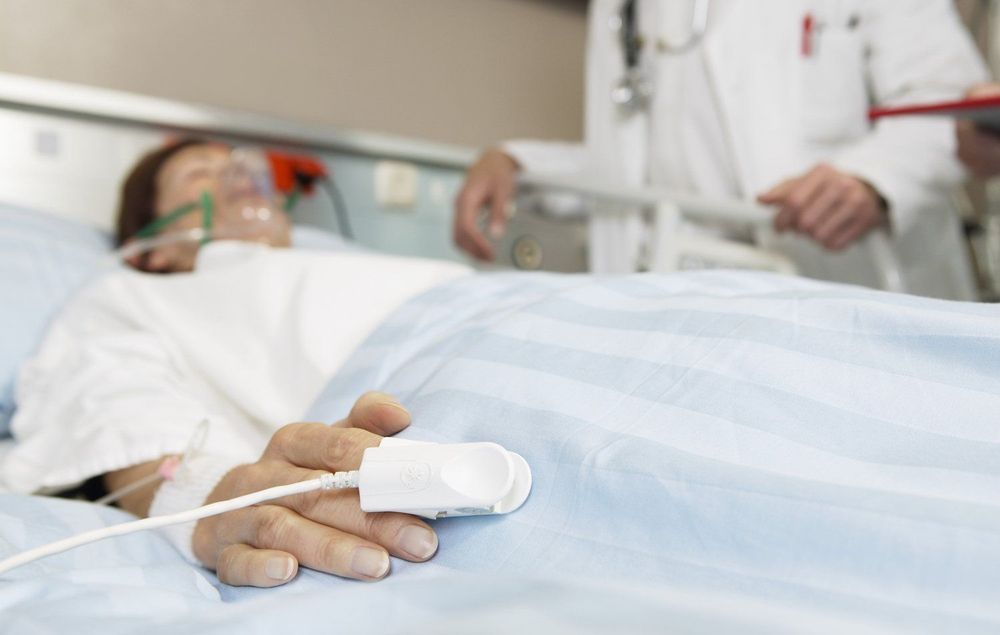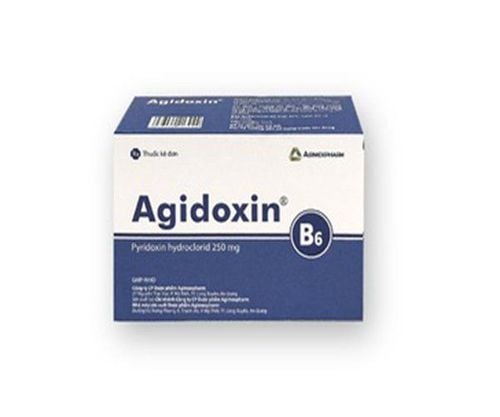This is an automatically translated article.
Impaired consciousness condition less severe than coma. However, impaired consciousness is associated with dysfunction of both hemispheres of the brain or the reticular activating system. Causes of impaired consciousness due to structural or non-structural damage. Lesions may be localized or diffuse. These cases need to be treated quickly to help stabilize vital functions and treat specifically according to the cause.
1. Declining consciousness
The main feature of consciousness is by alertness and being oriented to place and time. When consciousness is reduced, alertness, awareness, and orientation decrease. This condition is also considered a medical emergency.
The brain is responsible for the final function of maintaining consciousness. A functioning brain needs a certain amount of oxygen and glucose to function properly. Many of the substances we use can affect brain chemistry. However, these substances can decrease or maintain consciousness. For example, caffeine can stimulate an increase in brain activity levels. Caffeine can be found in many foods and beverages consumed daily. On the other hand, pain relievers and sedatives can make the patient drowsy. The side effect of this condition is seen as a form of impaired consciousness.
Impaired consciousness is a state of decreased response to external stimuli. Severe impairment of consciousness includes: Coma - unable to wake patient and eyes not open to any stimulus; Coma - the patient can only be awakened by strong physical stimulation.
Less severe levels of consciousness impairment are common, which may include lethargy, or more severe, narrowing of consciousness, gloom, cognitive impairment. However, the distinction between the degrees of mild impairment of consciousness may not be as precise as a disturbance of consciousness. Delirium may differ from cognitive impairment and is reversible.

Suy giảm ý thức là tình trạng giảm đáp ứng đối với kích thích bên ngoài
2. Pathophysiological features of age-related cognitive decline
Nervous system impairment that requires maintenance of alertness requires undamaged cerebral hemisphere function and the integrity of arousal mechanisms in the reticular system - the extensive network of nuclei and superior pontine, midbrain, and posterior midbrain fibers. Therefore, the mechanism of impaired consciousness must involve both hemispheres of the brain or dysfunction of the ascending reticular system.
In order to impair consciousness, dysfunction of the right brain organ occurs bilaterally. Unilateral cerebral hemisphere disorders may not be sufficient, although they can cause severe neurological deficits. However, large pre-excitatory focal damage to the cerebral hemisphere, such as a stroke due to left middle cerebral artery occlusion, can impair consciousness if the contralateral hemisphere is previously damaged or if the Compressive reactions to the contralateral hemisphere, such as cerebral edema.
Usually, dysfunction of the activating reticular system is caused by a disease that can affect it, such as poisoning or a metabolic dysfunction, such as hypoglycemia, hypoxia, hyperuremia,... Reticular activating system dysfunction can also be ischemic, such as cerebral infarction in the upper brainstem, hemorrhage, or direct mechanical injury.
Diseases associated with increased intracranial pressure can reduce cerebral perfusion pressure, leading to secondary cerebral ischemia. Secondary cerebral ischemia can affect the reticular activating system in one or both hemispheres of the brain, leading to impaired consciousness.
When brain damage is extensive, brain herniation contributes to neurological deterioration because it can cause: Direct compression of brain parenchyma, increased intracranial pressure, can lead to hydrocephalus, causing disorders neuronal and vascular cell function. Impaired consciousness can progress to coma and eventually to brain death.

Thiếu máu não thứ phát có thể tác động đến hệ thống lưới hoạt hoá làm suy giảm ý thức.
3. Causes of the process of consciousness decline
The main cause of impaired consciousness can be the result of structural disorders and often causes focal damage or non-structural disorders, often causing diffuse damage.
Psychiatric conditions, such as failure to respond to a psychiatric cause, may present as intentional, conscious impairment and can be distinguished from true impairment by physical examination. nerve.
4. Physical and physical symptoms
Consciousness declines to varying degrees. Repeated stimulation may awaken the patient in the shortest amount of time or may not awaken the patient at all.
Eye abnormalities: The patient's pupils may be dilated, small or irregular in size. One or both of the patient's pupils may be fixed in the middle position. The patient's eye movements may be due to loss of alignment or the absence or presence of abnormal movement patterns. Eye abnormalities may include loss of blink response to visual stimuli and corneal reflexes. Autonomic Disorders: The patient may have abnormal breathing patterns, sometimes accompanied by increased blood pressure and bradycardia. Even sudden cardiac arrest and respiratory arrest may occur. Disorders of motor functions: Abnormalities that the patient may see include flaccid paralysis, hemiplegia, locomotor impairment, multifocal myoclonus, decortical posture, and decerebral posture. Other symptoms that may be present if the brainstem is damaged and may be accompanied by symptoms include nausea, vomiting, meningeal reactions, occipital headache, and increased drowsiness.
Elderly patients may experience coma, altered consciousness and delirium due to many factors such as: Less cognitive reserve due to age-related brain changes as well as anterior brain damage this. The high risk of drug interactions is due to the use of drugs that will affect the brain more heavily or due to the age-related decline in function of the drug-metabolizing organs. Elderly people are at higher risk of incorrect dosage due to overuse of drugs and complex drug regimens.
In addition, problems related to minor effects such as dehydration, urinary tract infections,... can also alter the consciousness of the elderly. Furthermore, in elderly patients, mental status and communication skills are more difficult to detect, making it difficult to detect lethargy and confusion.
Above is some information about the decline in consciousness with age. Please follow the website: Vinmec.com regularly to update many other useful information.
Please dial HOTLINE for more information or register for an appointment HERE. Download MyVinmec app to make appointments faster and to manage your bookings easily.
Reference sources: msdmanuals.com, dieutri.vn












